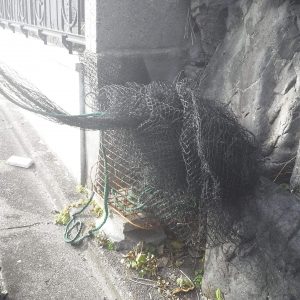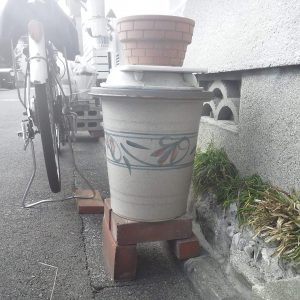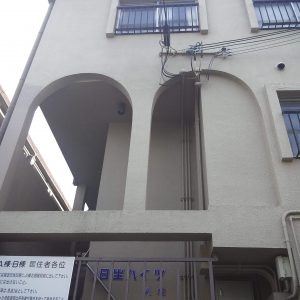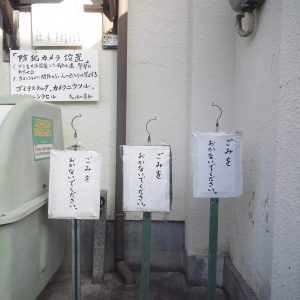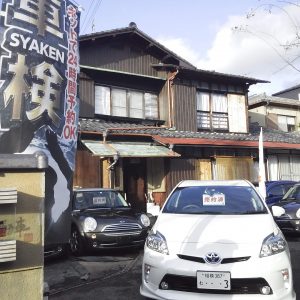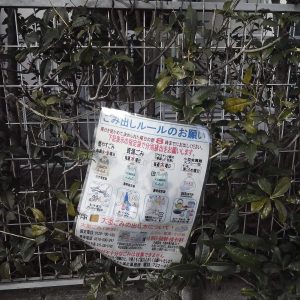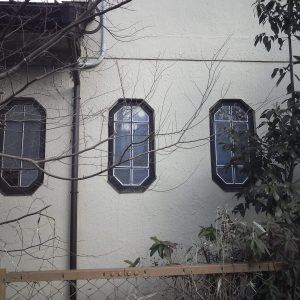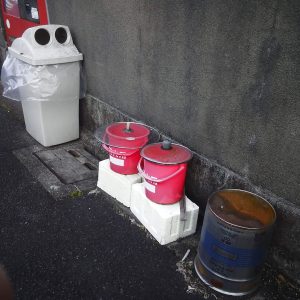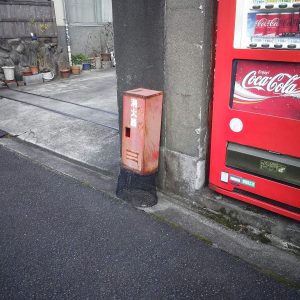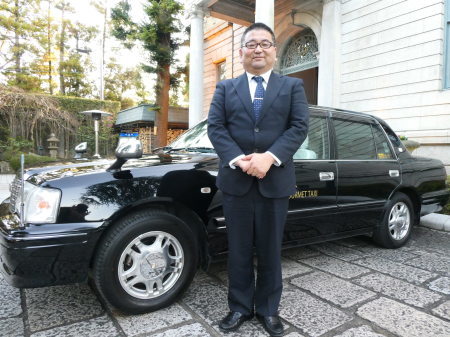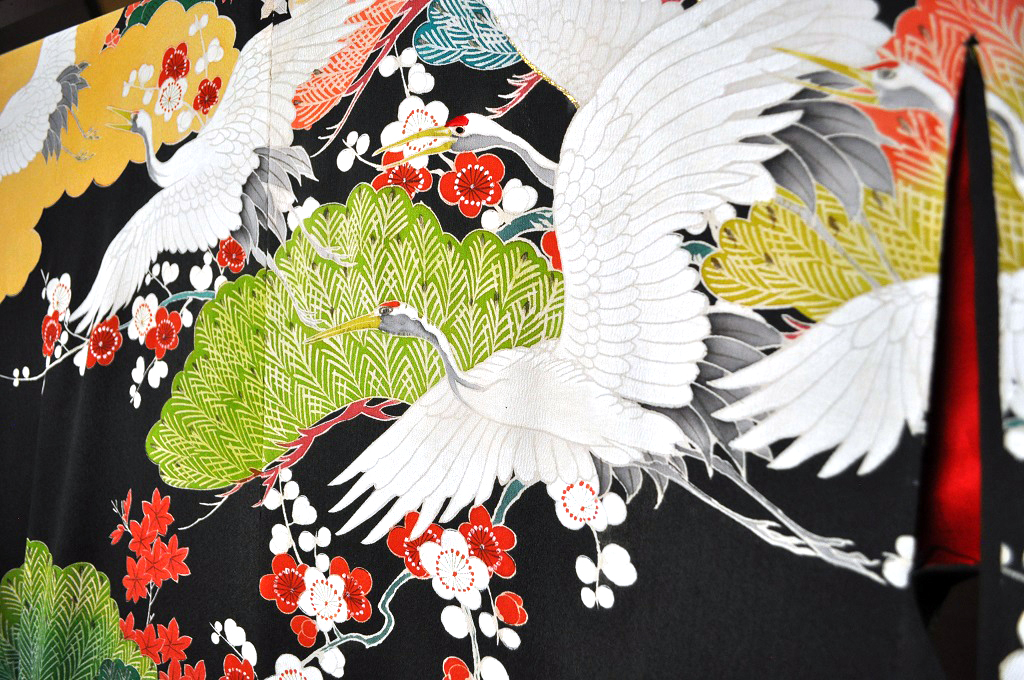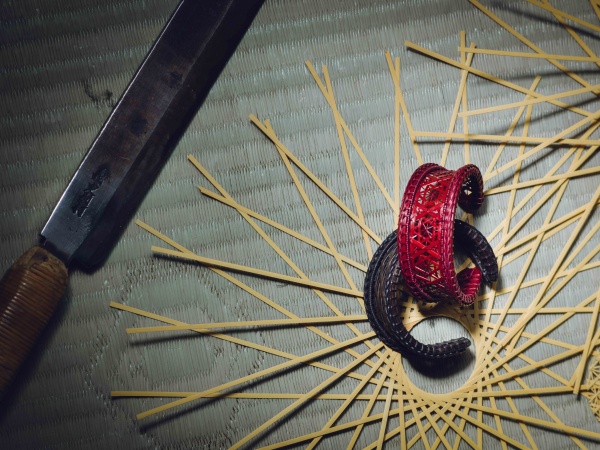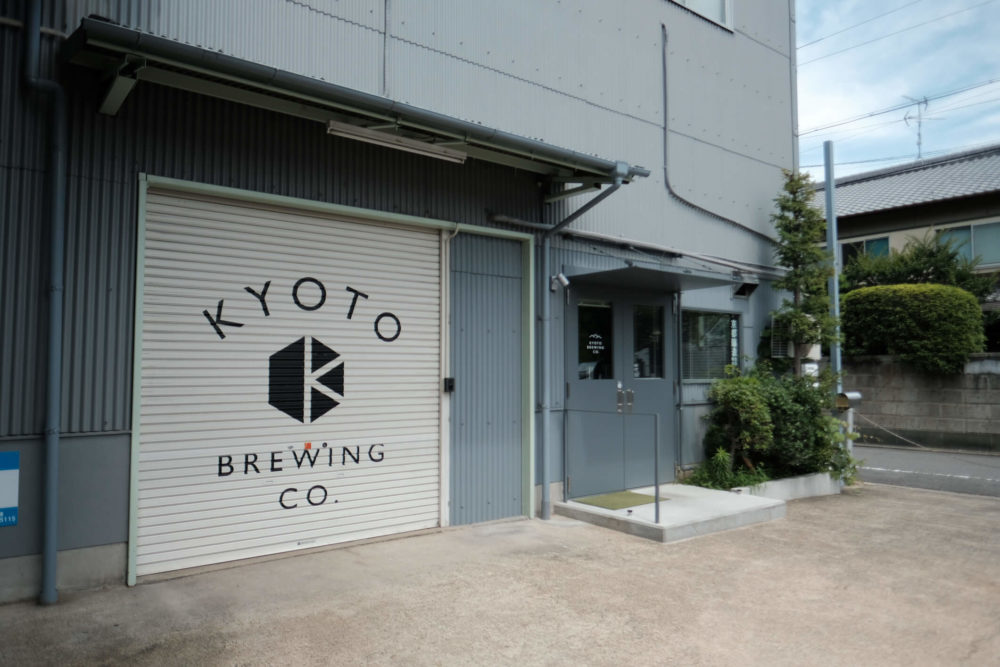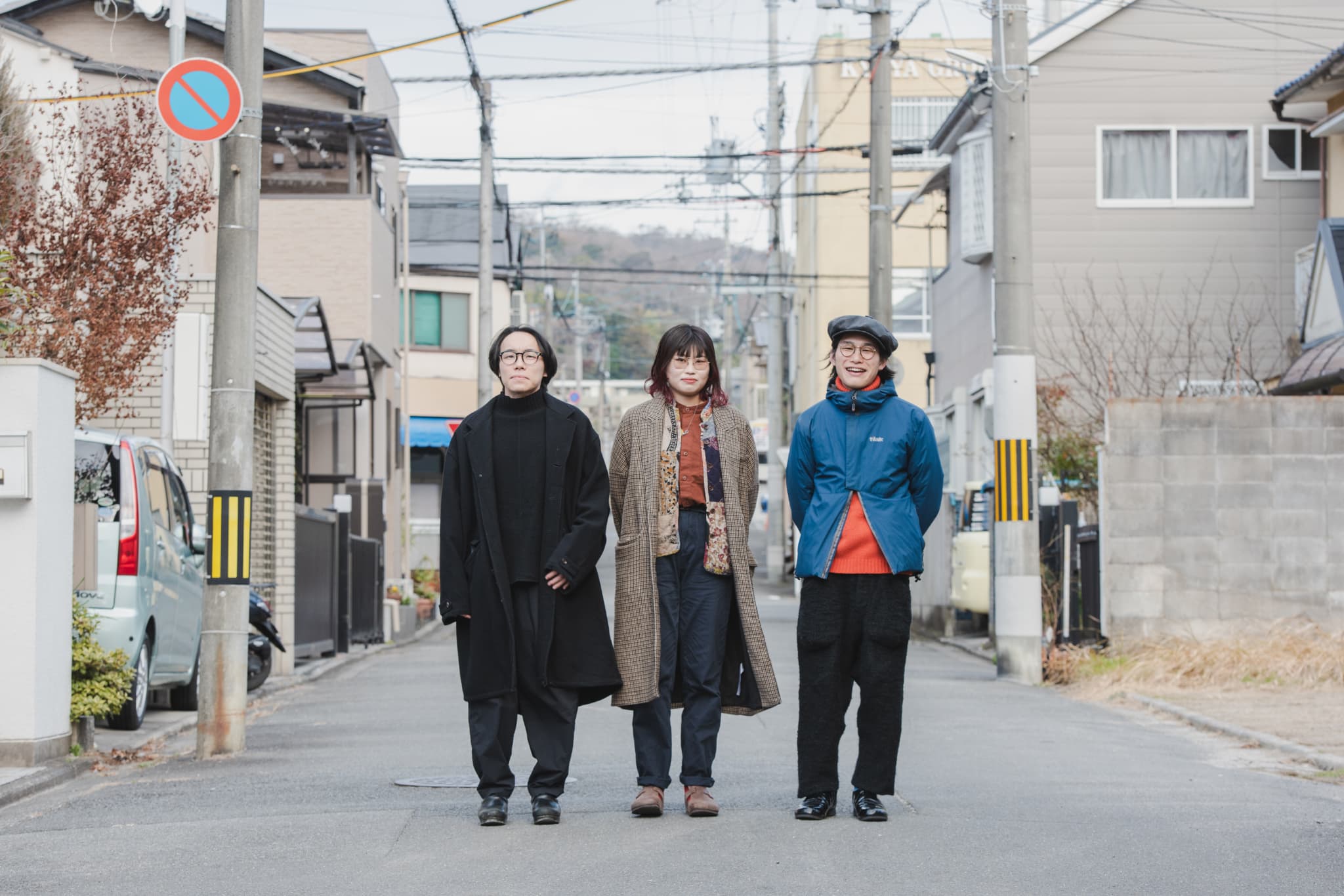
The three students
Kairi Kameda (left): Kairi is from Nara Prefecture and he is a fourth-year student at the Kyoto Institute of Technology.
He currently majors in biology and plans to study product design at graduate school from spring. He is one of the occupants of the share house Toddo-sō, which he renovated with Ryo.
Natsuki Kawakami (center): Natsuki is a third-year student at the Kyoto Institute of Technology majoring in architecture, and she plans to study urban history at graduate school.
She comes from Tokushima Prefecture and is a member of Kairi’s student circle. She is temporarily lodging at Toddo-sō.
Ryo Tamura (right): Ryo is from Hyogo Prefecture and is a third-year student at the Kyoto Institute of Technology.
He majors in architecture and his graduation project was related to renovation. He lives in the share house Toddo-sō which he renovated with Kairi.
Their story
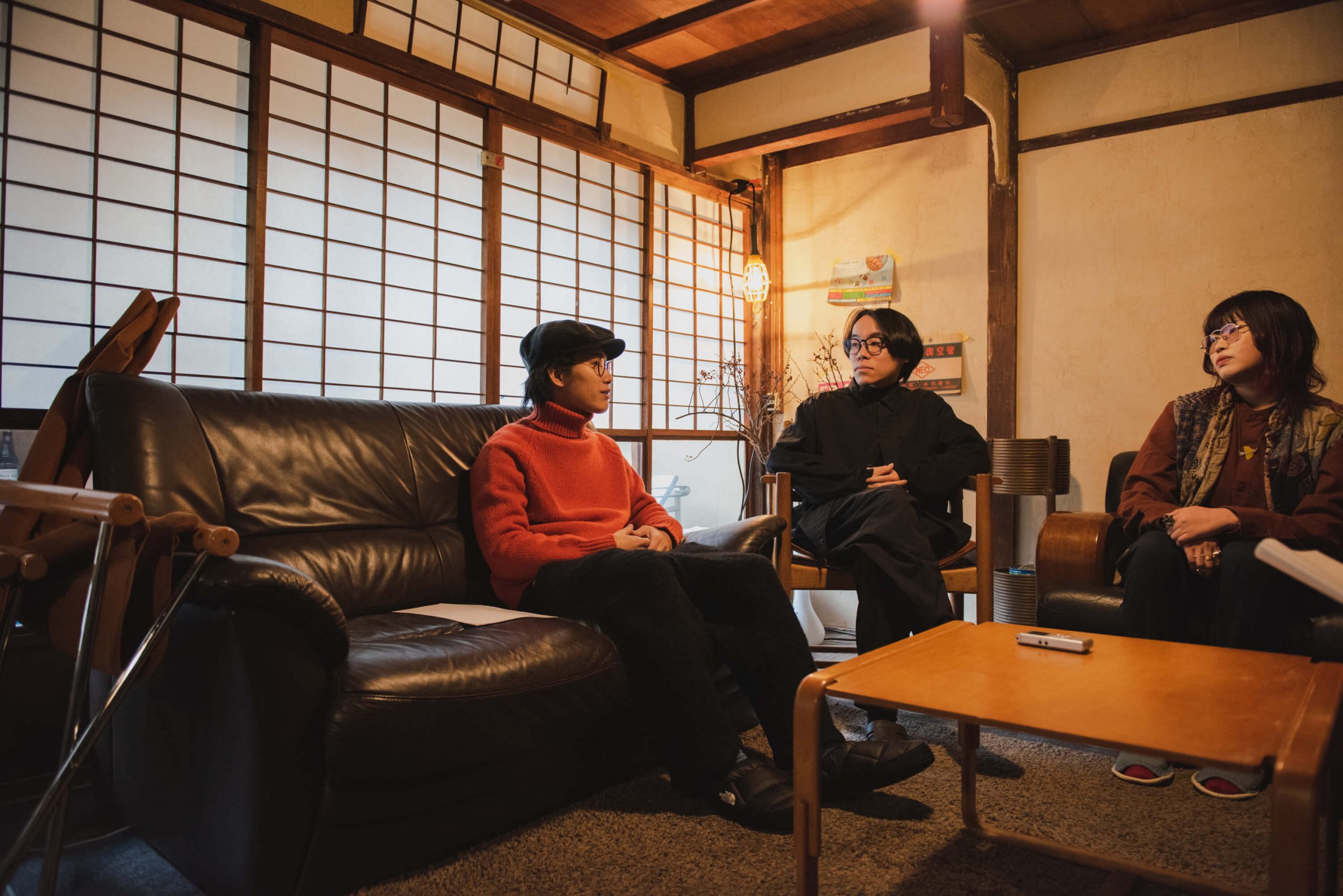
Kairi and Ryo set up a shared house in December 2020 at the time when the third wave of the novel coronavirus disease in Japan was reaching Kyoto. “Not being able to meet people was a big factor, and we also wanted a workspace,” Ryo says. The students had been unable to use the workshops on campus. Kairi proposed renting a workspace together, and Ryo and two other friends agreed and joined this project.
Located about ten to fifteen minutes by bike or motorcycle to their university, the house that they found was not in the most convenient location, but it was ideal in that it was an old house that they could renovate on their own, and they liked the neighborhood. “We ended up choosing this area because of the surrounding atmosphere. The shops and restaurant around here have friendly vibes,” Kairi says. They say there are several other share houses managed by students in this area as well. Ryo had already been familiar with Hyakumanben, as he had lived just two stations away in Ichijoji, and he was fond of the characteristics of this area where many students attending various universities live.
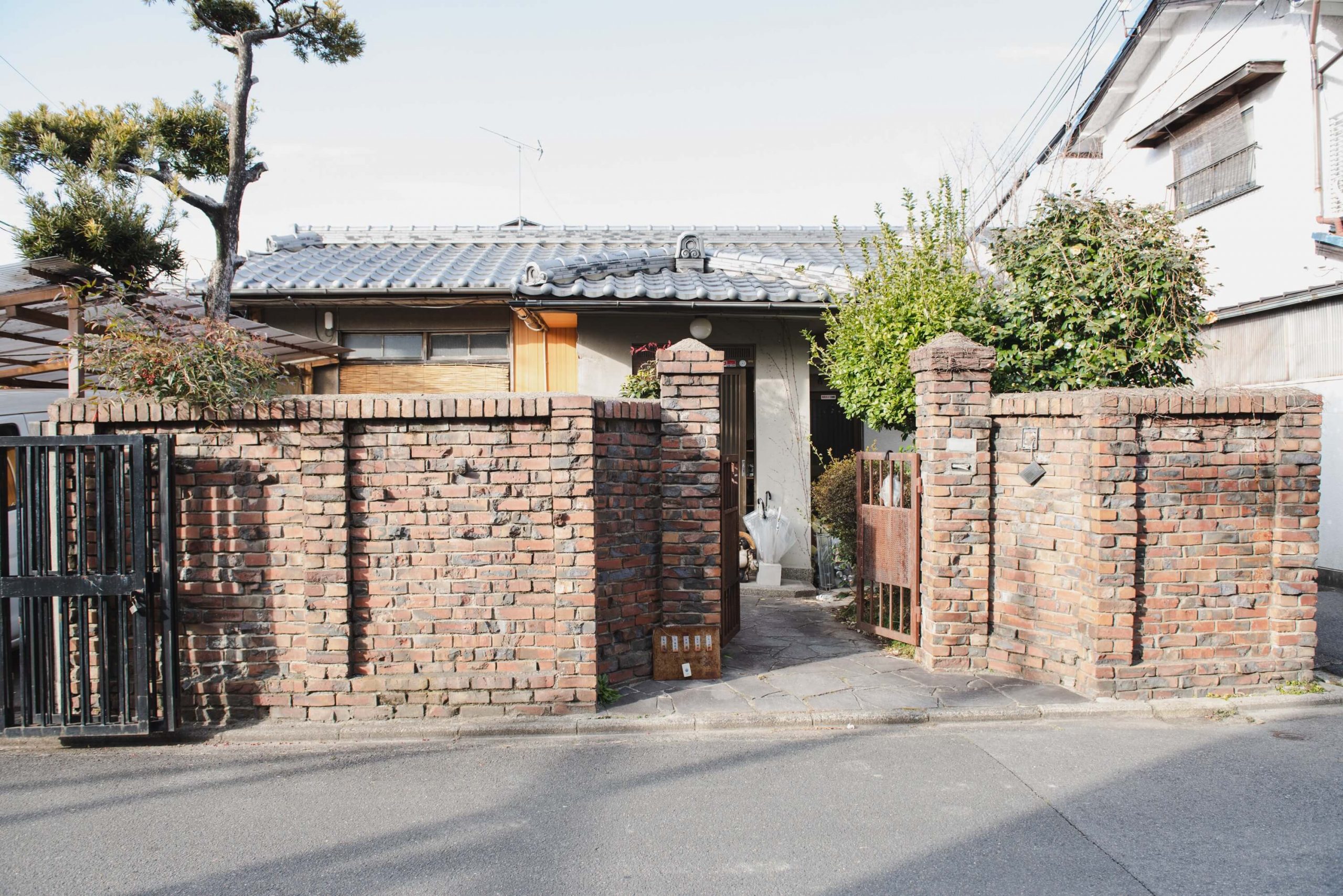
Ryo and Kairi carried out most of the old house’s renovation. Ryo had experience in renovation through his graduation project, and Kairi has been planning to study design. When asked about a leather chair and an antique-looking low table that looked posh in the house, Ryo said they got them from second-hand shops, along with most of the other furniture and electric appliances in this house. Old and new furnishings blend in a way that creates a cozy space that is stylish but not in a way that is too sharp-looking. The first time Kairi’s student-circle member Natsuki came, she immediately liked the place and has since begun lodging there.
The students say they focused mostly on basic tasks such as installing flooring and making walls, without doing anything eccentric, because they wanted to pass down this house to the future generations of students in a state that would be practical and comfortable to live in. The reason why this house feels so cozy may be partly because the students renovated it not only for themselves but also with a plan to pass it on to others. They say that there are already some other students who wish to live here, and that they look forward for this place to become a “Kyoto Institute of Technology students’ place” in the future.
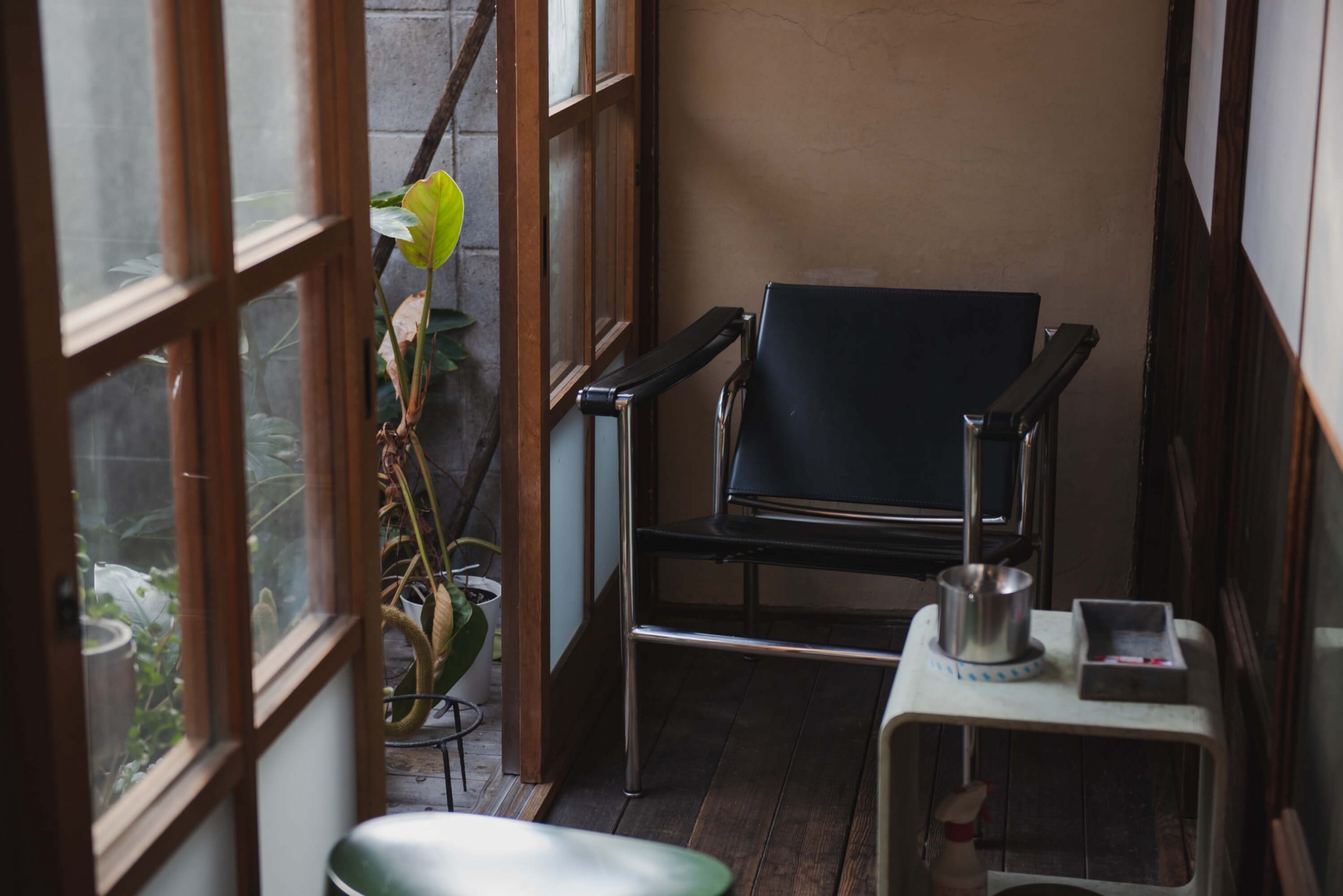
All the residents like this cozy spot to sit on the engawa, the semi-indoor veranda
The students all agree that the area is very nice to live in, especially because there are many student-friendly establishments including second-hand shops, a Korean BBQ restaurant that offers an all-you-can-eat deal for 3,000 yen, and a Chinese restaurant that gives big servings. Although the students are not especially close with their neighbors, they greet the neighbors when they see them, and the neighbors seem to care about the students in their own friendly yet not officious way, sometimes asking the students if they need little things like extra plates.
This house has a coziness that perhaps comes from the atmosphere of this neighborhood that has seen countless students come from other towns and then go, caring about them without trying to interfere. Just as this neighborhood has welcomed students over many years, perhaps Toddo-sō itself can become a place that offers a sense of belonging to future students during their life away from their hometowns.
A street marked by daily life
When asked about his favorite or most interesting part of the neighborhood, Ryo mentioned the way the neighbors have voluntarily made useful things on the street. “They hooked the net used to cover trash bags onto a telephone pole with S-hooks, so that the net won’t touch the street. The way they voluntarily do things like this is charming.”
Perplexed by Ryo’s answer, the four of us went out onto the street to see for ourselves, and the three students spotted signs of tinkering and clever devices here and there. I was impressed by their keen attention to these small things that were inconspicuous enough that I would have simply walked by without noticing!
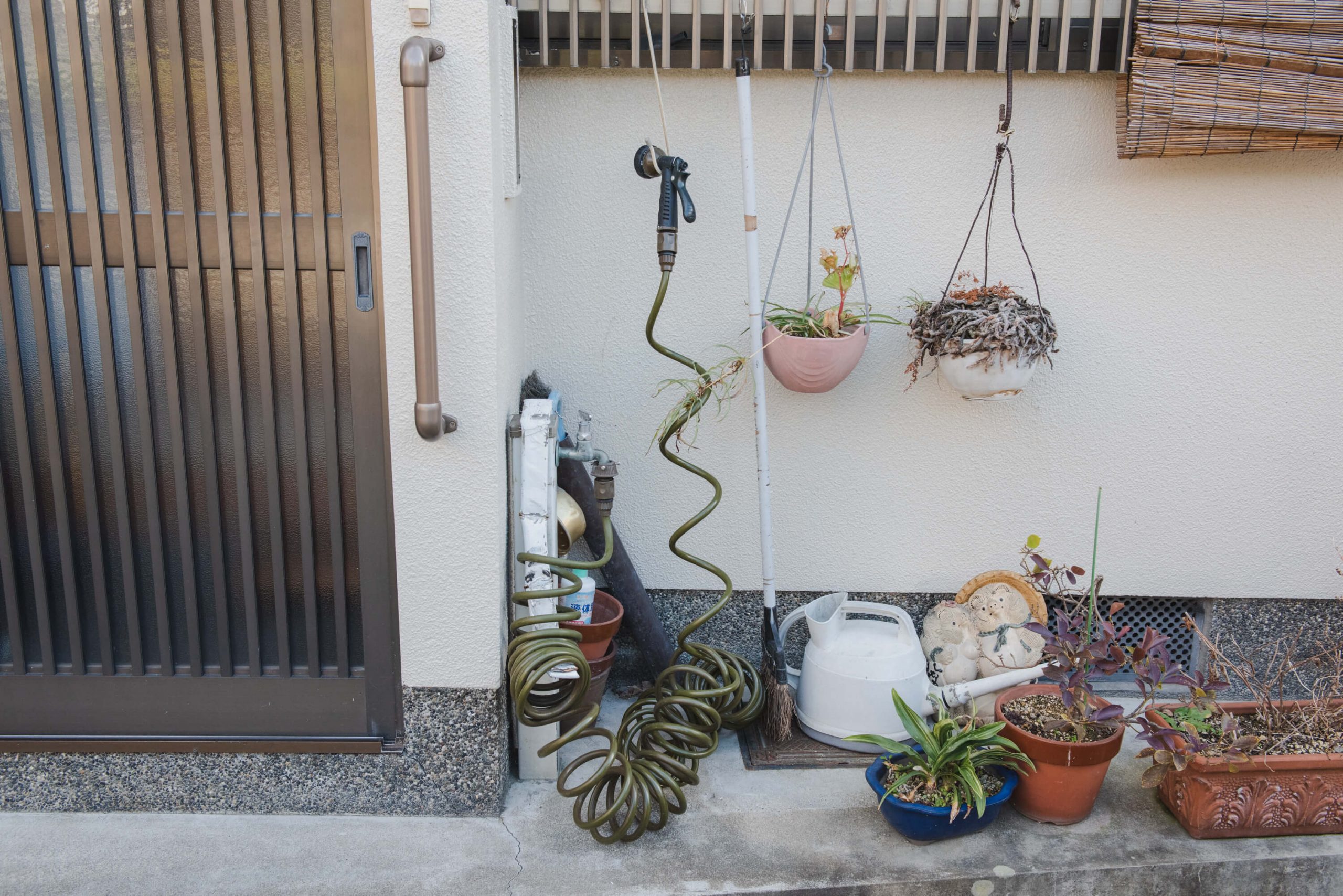
The street has signs of everyday resourcefulness here and there. Here, an S-hook is used to holster a garden hose in front of a house.
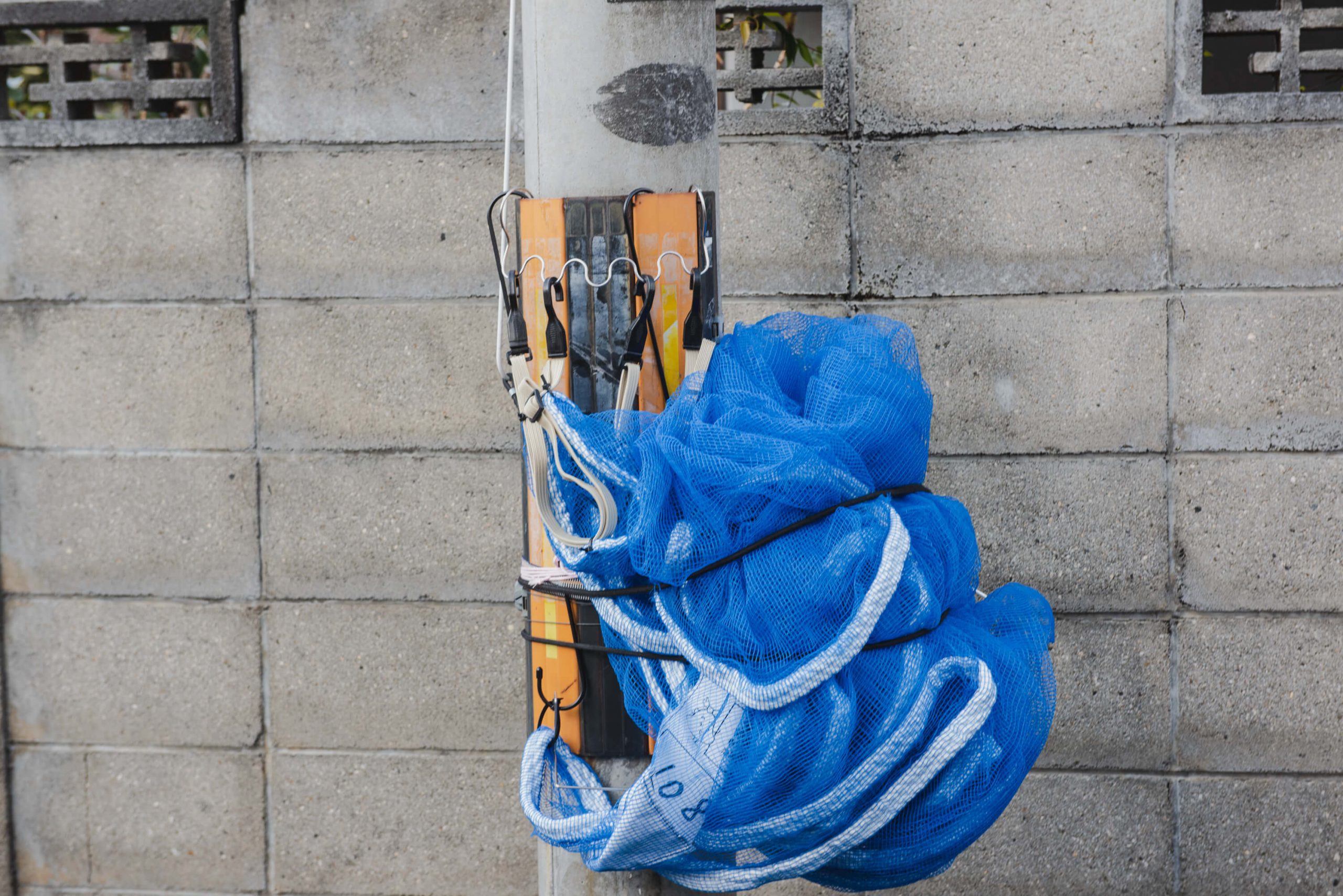
An anti-crow trash net bundled onto a telephone pole.
“It could be eye-opening to take photos as you walk along these streets that look like nothing special at a glance,” Ryo says. It is an interesting contrast to the point-to-point way that people move about Kyoto for sightseeing. “If you see moss growing near a dry gutter, you wonder if water usually flows there. It is my hobby to find such marks and guess their meanings as I walk around,” Kairi says. It certainly would be interesting to look around for marks that tell things about the local life.
An outsider’s insider view of “Kyoto-ness”
Another notable characteristic of this area is that many of the students who live here are not from Kyoto but from other prefectures. The students living in Toddo-sō, too, are all from other prefectures, Ryo from Hyogo, Kairi from Nara, and Natsuki from Tokushima. When asked about scenery that give a feeling of “Kyoto-ness,” Natsuki answered, “The image of Kyoto as a historic city was definitely strong in my mind when I first came here, but there are actually many different aspects from many different ages, and that is what makes it awesome. The town actually has a lot of modern architecture built after late-nineteenth century. I think the Okazaki area is an especially interesting area where you can witness the transition of Kyoto’s identity, with sites representing Japan’s modernization during the Meiji-era (1868-1912) and the torii gate corresponding to Heian-jingu Shrine’s classical style standing side by side with contemporary architecture like the Rohm Theatre.”
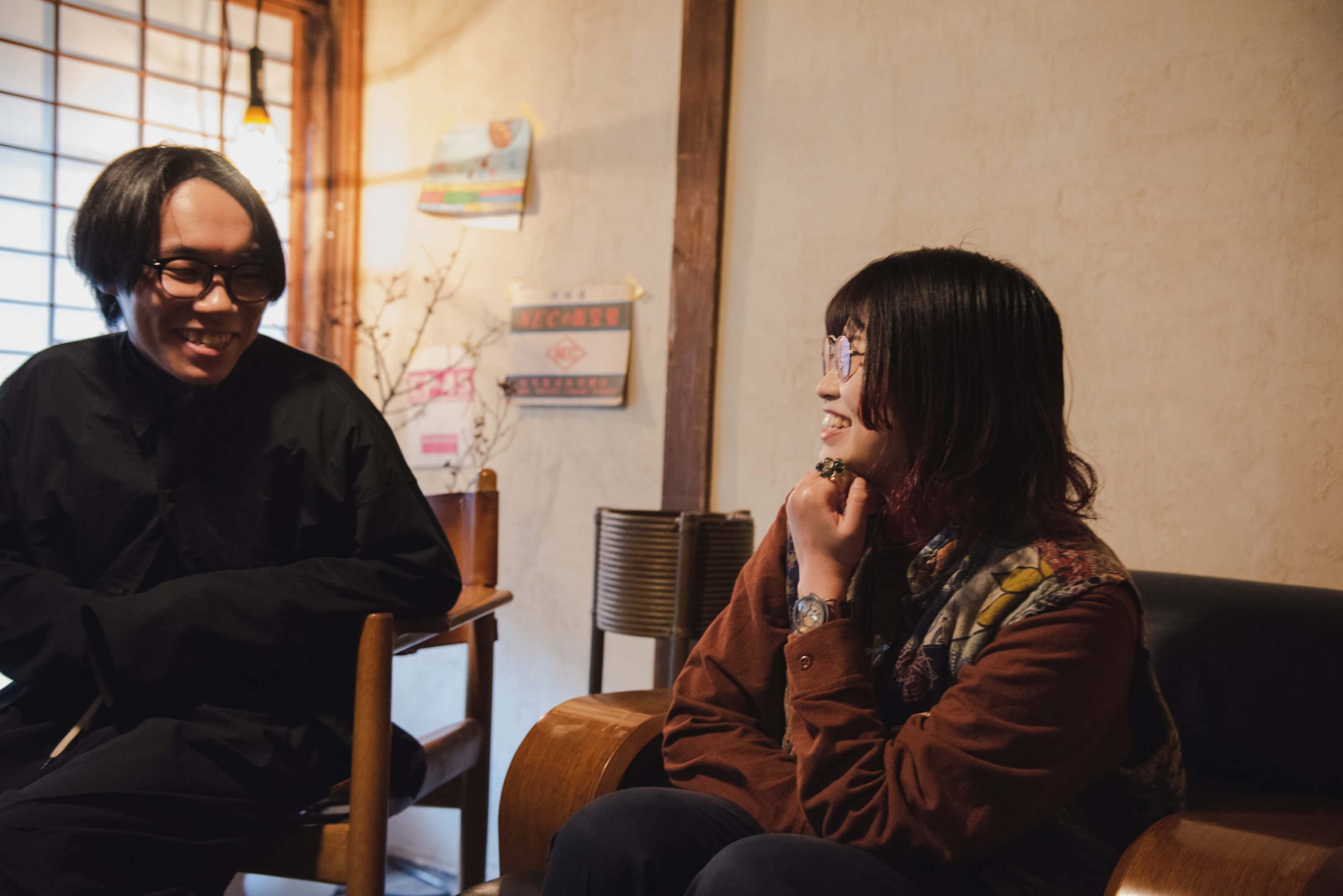
Ryo says it had been after he came to Kyoto that he discovered the way that the streets with marks of daily life can be very interesting. He says that this kind of atmosphere, although not entirely absent in his hometown Himeji, is more noticeable in Kyoto, and that the feeling of old-new eclecticism is very Japanese.
The “Kyoto-ness” these two describe, somewhat different from the average tourist’s image of Kyoto, is perhaps distinctive to the combination of being an outsider and also currently living in this city.
A broad-minded community friendly to student endeavors
Kairi also shared his thoughts on the characteristics of Kyoto. “I think Kyoto is really nice because tradition and style are, of course, highly valued, but it’s not restricted to that. Instead, I think Kyoto tolerates, or rather welcomes, people like students who try to start something new, as long as they also respect the things like history and tradition.”
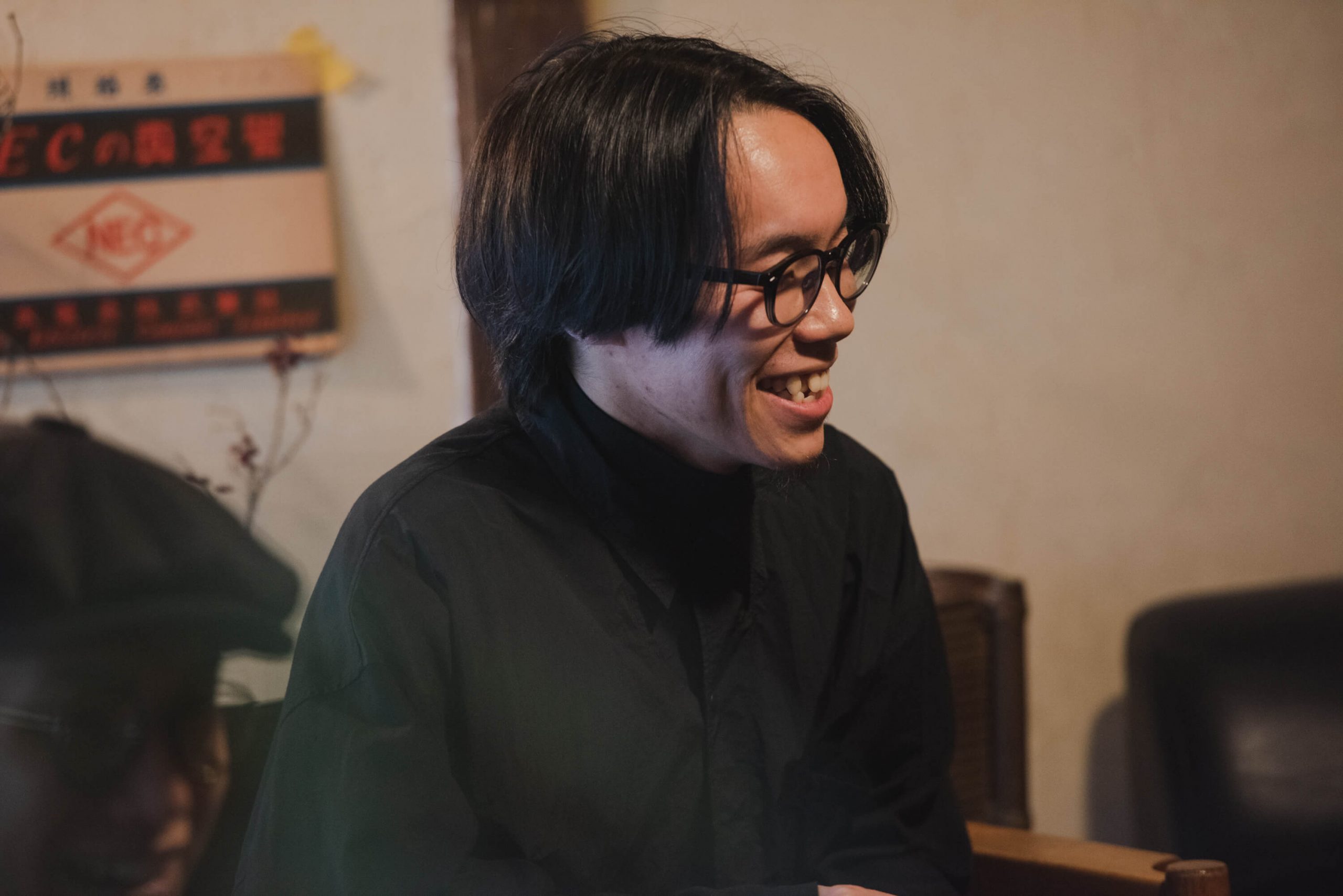
The students living in Toddo-sō say they know other students and friends who started a traditional craft workshop or a secondhand shop here and there, in an old house or in a shopping district. Kairi and Ryo have been working on executing the renovation work of a gallery in an old house which they were involved in as the graduation project of architectural planning. They also plan to start selling antiques at a friend’s coffee shop, displaying the goods where people can see them as they have coffee or tea. Their intention is to start this as an honest, down-to-earth project, nothing especially prospect-oriented.
It seems that Kyoto, being a college town, is a friendly environment for students to begin such grassroots projects. A student who finds something he or she wishes to do can start it at a scale that he or she can individually manage, gradually involving other students and friends and expanding a circle of cooperation.
Kyoto as a college town
Students have a significant role in making Kyoto, a multifaceted town where new and old intersect, an interesting place. Students discover Kyoto-ness from an outsider’s perspective as they thrive through their studies, and by beginning new activities in Kyoto, they can give back new “Kyoto-ness” to this town. It seems that this cycle has had a major part in creating Kyoto’s charm as a town.
The Hyakumanben area has fostered generations of students who brought new energy to Kyoto in this way. Besides being a historic town, being a college town adds a distinct charm to Kyoto, and the Hyakumanben area could be a place to explore this charm.
The Hyakumanben area through the students' eye
